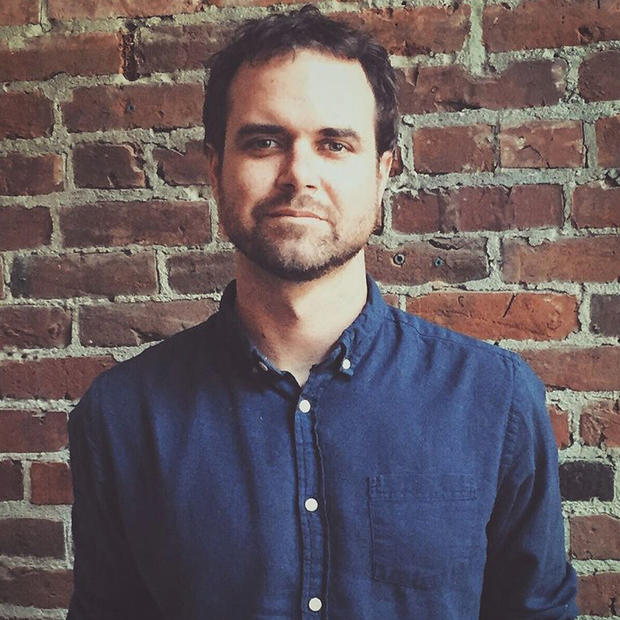First, the good news. The cause of death most distinctive to the Pacific Northwest, relative to the rest of the country, is exceedingly rare. The bad news: it can also be pretty gruesome.
Not many people worry about meningococcal infections, and for good reason. Each year, only 26 to 76 cases are reported in Washington, causing one to eight deaths. However, according to a recent report from the Centers for Disease Control, the death rate in Washington and Oregon related to these infections – best known as the cause of meningitis – was almost triple the national average between 2000 and 2010.

The CDC report did not cover the most common causes of death. In every state, that’s either cancer or heart disease. Instead, it focused on causes that were distinctly higher in a state relative to the nation. For some locales, the findings are understandable. In the coal mining belt that includes West Virginia and Kentucky, you find abnormally high number of deaths from pneumoconiosis, or “black lung” disease. In Alaska, a lot of fatalities involve boats and airplanes; that’s how they navigate much of the frontier up there.
But in the Northwest, the high rate of meningococcal infections is not easily explained. Francis Boscoe, a research scientist with the New York Department of Health and the main author of the CDC report, said the Northwest appears to be the prime stomping ground for these infections in the U.S., at least during the range of years he studied. He could not venture a guess as to why, however, besides theorizing that anti-vaccine fervor runs higher in the region, which could be a factor.
To better understand this affliction, its current infection rate and why Northwestern residents are apparently more susceptible to it, we spoke with leading health officials from both King County and Washington State.
What are meningococcal infections?
There are at least five types, but all are both rare and life-threatening. They attack the central nervous system and bloodstream, and are passed from person to person though contact with saliva, such as by kissing, coughing on someone or sharing items like silverware or toothbrushes.
The young are particularly at risk. Infants are most affected, though the Washington Department of Health reports that an increasing proportion of young adults has been contracting the infections. Crowded living conditions are one prime factor for the spread of these diseases. This is why college students living in dorms, for example, are cited as a particularly at-risk group. An outbreak is ongoing at the University of Oregon, and the state is attempting to vaccinate every student at the school.
Scott Lindquist, Washington’s Epidemiologist for Communicable Diseases, calls these infections “really scary.” Even if they don’t kill, they can seriously alter your life. “Of all diseases that are truly terrifying, meningococcal is one of them,” says Lindquist. “Someone can get ill from this, and become very, very sick. Because it causes a very severe infection in the bloodstream and spinal cord, you can have brain damage and loss of limbs. It can be really bad.”

Why are this more common in the Pacific Northwest?
Lindquist has lived throughout the region, and at one point was an infectious disease doctor in Oregon. As such, he has “had my eye on this for decades.” He is nonetheless baffled by why the Northwest is fertile ground for these infections.
“For some reason, there are regions of the world where meningococcal tends to predominate,” Lindquist says. “Call them meningitis belts. There’s a region of sub-Saharan Africa where you see the same thing. It’s a different strain there, so it’s not a direct comparison to the Pacific Northwest. But those are two places where we see these clusters.”
“There’s not a good science-based explanation for why we have more of this than the rest of country,” he says. “Because we certainly do.”
Jeff Duchin, interim health officer for King County Public Health, expresses similar befuddlement. He uses the term “mysterious” no less than five times in 15 minutes when discussing the diseases. “No one understands this that well,” says Duchin. “There are many different types [of meningococcal infection]. It’s still out there, but it’s mysterious what causes outbreaks of the disease here. The incidence is mysterious.”
Should you worry?
Simple answer: not really. Particularly if you don't have a problem with vaccines.
For starters, there’s the aforementioned rarity. Between 1999 and 2013 (the last year for which data are available) there were 58 meningococcal-related deaths in Washington, and 40 in Oregon, according to CDC databases. As a proportion of the population, that’s high compared to the rest of the U.S. The Oregon Public Health Authority reports its rate of meningococcal infection in 2013 was .3 cases per 100,000 residents, compared to an average of .13 nationwide. But compared with other infections, meningococcal is far down the list of public risks.
Furthermore, incidence of the disease is down dramatically since the mid-2000s, when vaccines were introduced that target the Pacific Northwest’s most prevalent meningococcal strains. Given its role as population center, King County is the primary area of Washington in which infections were found over the years studied. Vaccines have slashed the area's rate of infection.

Not everyone is getting those vaccines, however, or is even aware of them. Washington has a goal of universal immunization for all individuals aged 11 through 18, and on up to age 55 for those at particular risk, such as people with weak immune systems. Progress toward this goal is unknown. And as the current outbreak at the University of Oregon shows, people should be made aware of this particularly Northwestern threat, and take precautions against it.
Symptom infographic by Sanofi Pasteur.

